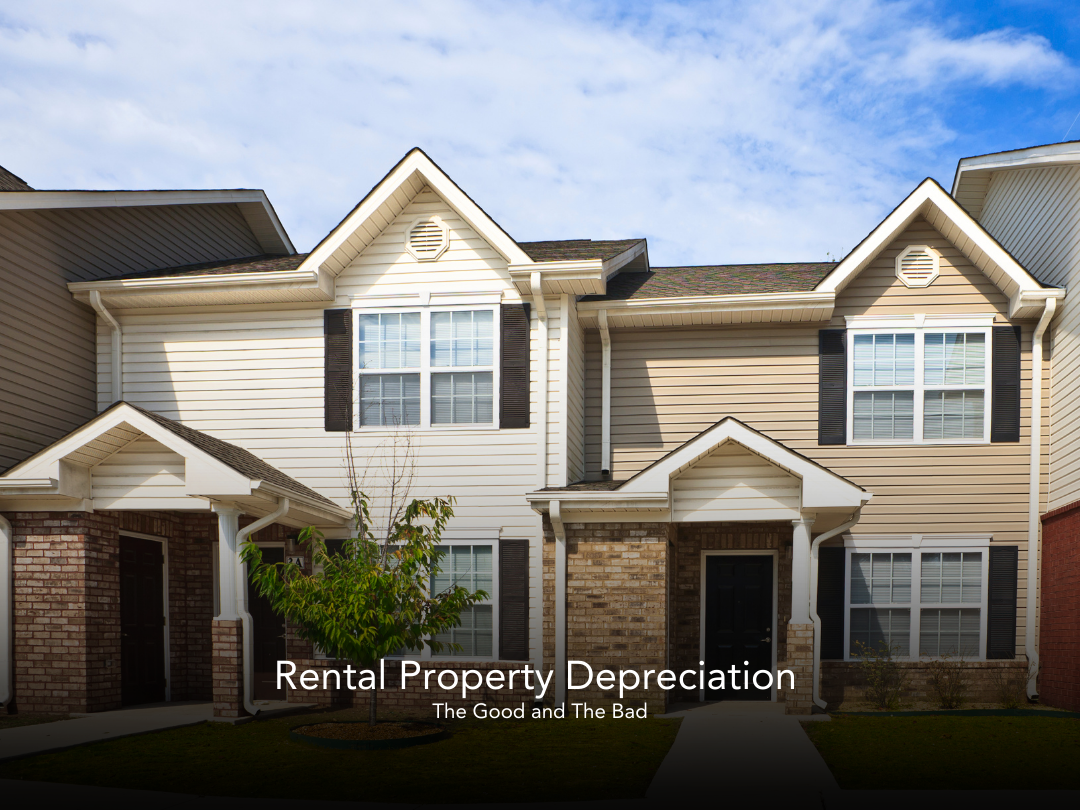The Best Time to Buy or Sell an Investment Property: A Comprehensive Guide
Real Estate Insights: Managing Client Expectations
Housing Market Trends 2025: What Investors Should Know
How Open Information Is a Win for the Real Estate Community
The state of the real estate market is changing. Now, high prices and a limited supply of homes complicate homebuying in many locations. In the midst of the competitive action, technologies are emerging that further shake up the process, giving would-be buyers and sellers the tools they need to make better real estate decisions.
Understanding Real Estate Syndication: A Smart Strategy for Investors
The History of Saint Patrick’s Day
Unlocking Profitable Ventures: An Introductory Guide To Boise's Real Estate Scene
Thinking about investing in Boise’s real estate market? With strong population growth, a booming economy, and high rental demand, Boise is an attractive city for new and experienced investors alike. This guide walks you through the essential steps to get started, from financing options to property selection and long-term investment strategies.
Quantitative Easing: Past Uses and Future Implications
What happens when central banks print money to stimulate the economy? Quantitative easing (QE) has been a critical tool in financial crises, but its long-term effects remain debated. Learn how QE has shaped markets, why it matters to investors, and what the future holds as central banks shift policies.
Choosing the Right Real Estate Agent
What Happens to Real Estate in a 2025 Recession?
Responsible Real Estate Investing for Any Economy
Responsible real estate investing isn’t just about buying property—it’s about making informed, strategic decisions that withstand market fluctuations. Whether you’re a seasoned investor or just starting, implementing sustainability, risk management, and market intelligence can help you thrive in any economy. Learn key strategies to build a resilient, profitable investment portfolio.
Portfolio Loans for Investment Properties: How They Work
Single-Family vs. Multi-Family Homes: Which is the Best Real Estate Investment?
Single-family or multi-family? The decision between these two property types could shape your investment future. A single-family home offers stability, privacy, and appreciation, while a multi-family property generates stronger rental income and wealth-building opportunities. Which one aligns with your goals? Find out the pros, cons, and long-term benefits of each in our latest guide.
How Cryptocurrency Will Revolutionize Investment Property Purchases
Is real estate investing ready for a crypto revolution? The rise of blockchain, smart contracts, and tokenized properties is changing how people buy and invest in real estate. Crypto-backed mortgages, decentralized finance (DeFi), and real estate tokenization are making investing faster, more secure, and accessible worldwide.
Unlocking Wealth: How to Use Home Equity to Purchase Investment Property
How 2025 Tariffs Could Impact the Real Estate Market
The real estate market is bracing for potential disruptions as new tariffs take effect in 2025. With rising costs for construction materials and potential supply chain delays, home prices and builder sentiment could be significantly impacted. What does this mean for buyers, investors, and industry professionals? This article breaks down the key effects of tariffs on housing, construction, and real estate investments.
Rental Property Depreciation: The Good and The Bad!
Single-Family vs. Multi-Family: When to Upgrade Your Investment
President Trump's 2025 Executive Orders: The Real Estate Impact
President Trump’s 2025 executive orders are reshaping the real estate landscape. With policies on federal hiring, trade tariffs, energy production, immigration, and deregulation, real estate investors face both opportunities and challenges. Higher construction costs, shifting labor availability, and a revitalized office market are just a few factors influencing investment strategies.




















